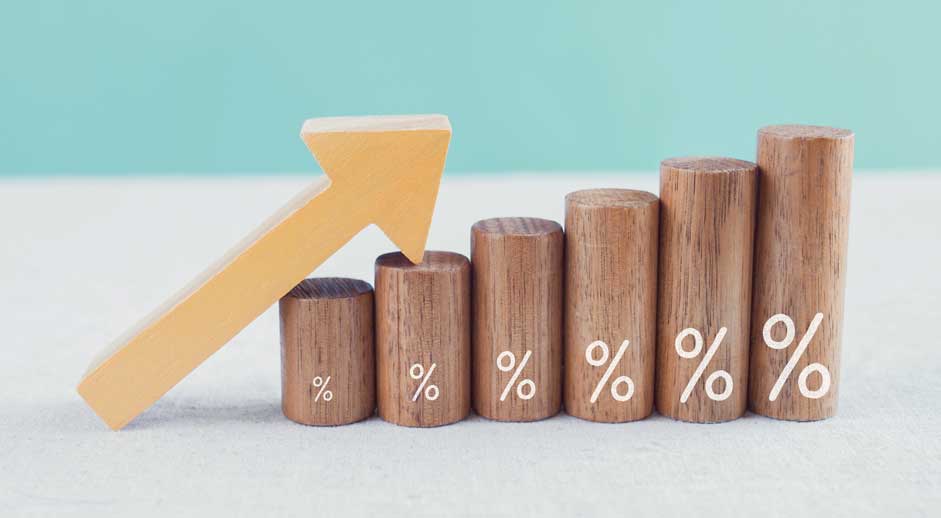
In February 2022, GlobalData — a data, analysis and solutions provider that helps large companies worldwide make better business decisions — reported a spike in high-value deals in the oil and gas sector for the year 2021. Where the year 2020 saw 40 high-value deals, the industry undertook 74 billion-dollar deals in 2021.
“GlobalData’s latest report, ‘Global M&A Deals in 2021 — Top Themes by Sector,’ reveals that global mergers and acquisitions (M&A) activity in the oil and gas industry grew annually by 16% to reach $335 billion in 2021, considering M&As with known deal value. All regions, except China, the Middle East and Africa, reported an increase in deal value in 2021, compared to the previous year. However, in terms of deal volume, M&A activity was largely flat at around 1,800 oil and gas deals in 2021,” GlobalData reported in their February 2022 news release.
This surge in M&A activity for the industry resulted from oil price recovery, according to GlobalData. Ravindra Puranik, oil & gas analyst at GlobalData, shared her analysis on this.
“This growth in dealmaking was largely driven by the shale and subsea themes. The United States shale plays, particularly the Permian Basin, remained the most attractive target for oil and gas M&As in 2021. The oil and gas assets in the North Sea also witnessed several deals in the last year,” she said in the release.
To dive deeper into this 2021 trend and to determine what might affect decisions in M&A deals throughout this year, BPN reached out to Puranik for more explanation on the subject. Read on for her analysis.
There was quite a dip in the value of M&A deals in 2020 in the oil and gas industry. What caused this to happen?
The outlook for the oil and gas industry turned negative in 2020 with the outbreak of COVID-19 and subsequent crash in global energy demand. Hence, companies refrained from making major capital spends until the market conditions improved.
The total number of billion-dollar deals almost doubled from 2020 to 2021. Why did this jump occur?
With the recovery in oil prices in 2021, company valuations also rose considerably. The industry outlook for 2021 was also a lot better than 2020 as global fuel demand continued to soar despite the prevalence of COVID-19 infections. Perhaps, this could be the reason for the higher number of billion-dollar deals.
How does oil price recovery play a role in whether a company might undertake a high-value deal?
Companies plan their growth strategies based on a forecast for average oil prices over the foreseeable future. This enables them to decide on the capital spend over the medium to long term. Any significant deviation in actual oil prices from the forecast can compel companies to review their planned capex.
Were there any other factors that may have played a role in the jump from 2020 to 2021?
Economic sustainability of high-cost operations such as shale, witnessed growing distress. Several shale players had declared bankruptcies during the pandemic-induced downturn. This led to market consolidation in these sectors. It can also explain the high-value deals during the period.
How do the number and values of deals in 2021 compare to the more ‘typical’ years preceding the unexpected troubles of 2020?
The number of deals in 2021 were well below those in 2019 as companies continued to maintain capital discipline. However, several large oil and gas companies have announced higher planned capex for 2022, so the deal count might hopefully improve this year.
GlobalData reported that all regions except China, the Middle East and Africa reported an increase in deal value in 2021. Why did these countries/regions not see a similar increase?
The oil and gas industry in these countries is largely dominated by the respective national oil companies, which are relatively better equipped to withstand losses due to their government backing. Hence, they are not under the same pressure as others to divest nonprofitable assets. Also, as these are monopolistic markets, there is limited scope for national oil companies to acquire another player within the same country.
While the value of deals jumped, the number of deals remained relatively flat. Can you provide some insight on why the values went up, but the total number did not?
Financially weaker entities were ripe for acquisition when the oil price outlook began to stabilize. This could explain high value deals. For instance, Pioneer Natural Resources acquired Parsley Energy, Inc. in January 2021. Chevron acquired Noble Energy in October 2020.
What themes emerged from oil and gas M&A in 2021 that may drive companies’ decisions on what deals to act on in the future?
Three themes stood out from M&A activities in the last two years: shale, subsea, and industry consolidation.

